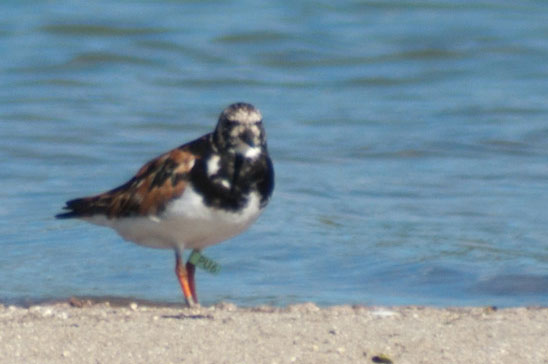For a number of years, the ongoing spread of invasive lionfish in the Atlantic and Caribbean has been the hottest story in marine biology. The invasion has been unprecedented in its speed and impact, from one or more initial introductions probably in the early 1990s to their increasing range and ballooning populations today. Today, they can be found along the east coast of the US from North Carolina to Florida and in most of the Caribbean. In the future, that range may extend to the southern end of the Brazilian coastline.
As the problem has progressed, our ideas about how to address it have changed as well. However, it seems like the lionfish invasion is not only outpacing our efforts to control it, but also our thinking about the problem. As far back as 2003, the NOAA issued a report conceding that elimination of the lionfish was “nearly impossible.” Even back then it occupied much of the southeast US coast, in a wide variety of habitats and in surprisingly high numbers. Still, we held out hope that we could keep it from spreading or manage the population. As it reached each new area, we headed out with nets and spearguns hoping to keep it from becoming established only to fail every time.
To take a step back, humans don’t have a great track record of eradicating invasive species. I think we’ve done it a few times, mostly eradicating goats or rats on uninhabited islands with great effort and expense. The lionfish problem is many orders of magnitude greater. They reproduce quickly and can travel unrestricted throughout the Atlantic and Caribbean. Like many tropical fish, during their larval stage, they are thought to ride the open ocean currents for weeks before settling down. Only a small part of their habitat, shallow reefs visited by snorkelers and divers, is even accessible to humans. At best, eradication could only happen in the tiny sliver of habitat where humans are present and would easily be re-invaded by individuals from the next island or even just a few hundred meters away in deeper water.
To be fair, a typical lionfish plan also includes studying their impact on local ecosystems and raising awareness in the local population. These two goals are worthwhile, and they implicitly assume that lionfish are here to stay. Annual lionfish hunts and the recent push to drive interest in eating lionfish, on the other hand, get much more attention in the press and the public imagination. Biological control, such as attempts to “teach” grouper to eat lionfish are more plausible than going out to catch them all by hand, but at best would only adjust the eventual population equilibrium they reach.
Of course, I would love it if we could eradicate lionfish in the area, and I think it is admirable to give it a shot. At the same time, it seems pretty clear that it won’t work. I think that’s pretty hard to admit, but consensus is bound to move that direction. As we move in that way, the main question will be, how do we preserve marine ecosystems as best we can despite the presence of lionfish?
That’s a harder question to answer. More robust marine ecosystems will probably fare better, so expanding marine protected areas might help offset losses due to lionfish predation. Artificial reefs could increase the total available habitat for reef fish as well. Because small and juvenile fish are particularly vulnerable to lionfish predation, it may be worthwhile to create protected nursery areas. If I were more knowledgeable, I would probably have more or better ideas, but I’m sure those will come as the focus shifts from attempting to control lionfish to doing what we can to save the rest of the ecosystem. It won’t be easy, but at least it won’t be impossible.
Below are some photos taken while snorkeling in Grand Case Bay. There’s a lionfish in the piece of pipe, and the photo after that shows a lionfish marker placed at the site, which is used to make it easier for the marine reserve to find and capture the lionfish. Many of the other photos feature juvenile fish that don’t yet know how threatened they are.





























































































































